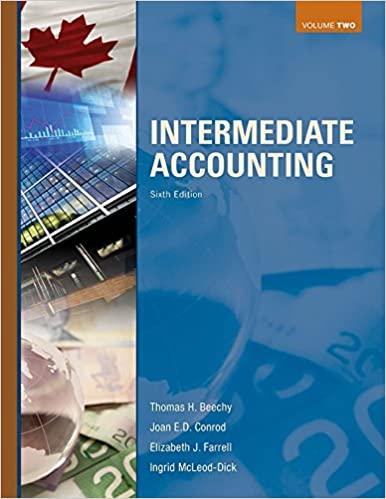Question
QUESTION 2(40 marks; 72 minutes) Memory Frame (Pty) Ltd (Memory) manufactures three types of photo frame holders that has an antique appearance due to the
QUESTION 2(40 marks; 72 minutes)
Memory Frame (Pty) Ltd ("Memory") manufactures three types of photo frame holders that has an antique appearance due to the special wood used for manufacture. The frames are made from a single type of imported wood in three different sizes, all with a similar design. The products are historically sold in a mix of 5:2:1. Memory uses a variable costing system.
Each frame is made from four equal size pieces of wood, resulting in a square sized frame. The wood is prepared in such a way that the pieces' slot in to one another when being assembled. Therefore, no nails or glue are required. The small and medium size frames have a piece of perspex placed in front, underneath the frame setting to serve as protection for the photo while the superior frame has a piece of glass inserted underneath for a more expensive appearance. The frames are coated with varnish for a glossy shine finish.
The following table of information includes the quantities required to manufacture the three types of frames:
Frame
Notes
Small
Medium
Superior
Selling price
R180
R350
R400
Raw materials:
Wood
1
40cm
100cm
200cm
Perspex
2
1 unit
1 unit
-
Glass
3
-
-
1 unit
Varnish
4
20ml
50ml
200ml
Notes:
1.The wood is purchased from Timberman, a local wood supplier, who imports the product from Brazil, at a purchase price of R185 for a 2m length piece that is 3.5cm wide. All the frames are manufactured from the 3.5cm width wood. Delivery costs of R1600 is applicable per load, and Memory plans its purchases to buy only one load for a month's manufacturing supply requirement. Memory receives a discount of 4% on all its purchases from the wood supplier. Memory purchased all the available pieces of wood (1300 pieces) during the month. This is less than the normal quantity that they usually need. Production of the frames are scheduled interchangeably to optimize the usage of the available material.
2.The perspex plates are cut to size and purchased at a price of R0.80 per plate for small and R0.60 per plate more for medium. No additional stock is kept on hand and order quantities equal production requirements.
3.The glass plates for the superior frames are purchased in the correct size in packets of 10, at a price of R25 per packet.
4.Varnish is purchased from the local hardware store in 5 drums at a price of R285 per 5 drum.
5.The wood of the frames is cut, prepared and assembled manually by the labourers, who are paid at a rate of R150 per hour. Memory has two labourers within its employment, and they work interchangeably on the sizes as required. A labourer can cut, prepare, assemble as well as varnish 12 frames within an hour, regardless of the size. There are enough labour hours available to service the product demand.
6.Raw material and consumable inventory levels are kept to an absolute minimum as purchasing is planned in such a way that it meets scheduled production requirements of the month.
7.Overheads are consumed on a per unit basis and are the same for each type of frame regardless of the size. Overheads have been recorded to display the following cost behaviour:
Overhead item
Production quantity
2500 units
Production quantity
3500 units
Electricity
R6 250
R6 650
Rent
R8 000
R8 000
Depreciation
R7 500
R10 500
Administration
R2 500
R2 500
Change of system
The financial manager is considering recommending to management a change over from the variable costing system to an absorption costing system and would then allocate manufacturing overheads on a per unit basis. He would like to use the historic budgeted information of the past financial year as a basis of his proposal to management.
He has gathered from his notes that the budgeted production quantity was 40000 frames for the current financial year and the actual production quantity is 38000 frames for this financial year. Normal production for Memory is 35 000 frames.
REQUIRED
Marks
Sub-total
Total
(a)
Calculate the breakeven units in total and per product type of Memory, ignoring the possible limiting factor.
18
18
(b)
I.Explain to management how to go about production when a limitation of a resource exists.
II.Determine whether the quantity of wooded planks purchased (refer to note 1) would be sufficient to fulfil the demand, if not, in which order of preference should the production of products should be scheduled. (It is not required to calculate the optimal sales mix. Start by the calculation of the contribution per limiting factor.)
You may accept the demand to be 1500 for small, 1000 for medium and 700 for superior frames.
3
5
8
Step by Step Solution
There are 3 Steps involved in it
Step: 1

Get Instant Access to Expert-Tailored Solutions
See step-by-step solutions with expert insights and AI powered tools for academic success
Step: 2

Step: 3

Ace Your Homework with AI
Get the answers you need in no time with our AI-driven, step-by-step assistance
Get Started


